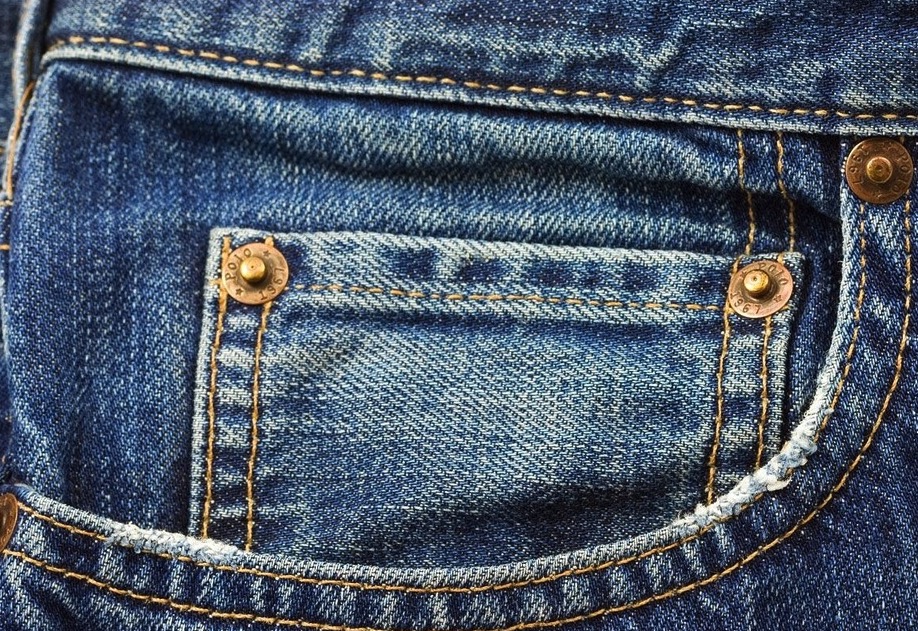Why do jeans have a small pocket tucked inside the larger one?

Have you ever stopped to wonder about the purpose of that tiny pocket nestled inside the larger one on your jeans? It’s the small, often-overlooked space that seems too small to hold anything useful and leaves many scratching their heads.
If you’ve ever attempted to store something in there, you’ll likely know it’s not ideal for modern essentials. Phones don’t fit, keys are awkward to jam in, and even coins or cash struggle to sit comfortably. It might seem like a design mystery without an obvious answer.
So, why do jeans feature this peculiar pocket? Thankfully, there’s an explanation that reveals its original purpose, and it’s far from what most people expect. The design has an intriguing history rooted in practicality rather than modern convenience.
Regardless of whether you’re examining men’s or women’s jeans, you’ll likely find this mini pocket tucked inside one of the front pockets. It’s so ubiquitous that most people don’t even question its presence, yet it remains a puzzling feature of denim design.
While its small size makes it difficult to store much—fitting even a few fingers inside is tricky—it’s fascinating to consider why this pocket has stood the test of time. After all, it doesn’t appear to serve any significant purpose today.

To uncover the origins of this feature, we need to go back nearly two centuries. The small pocket is not a modern fashion statement but a clever solution to a challenge faced by the jeans’ earliest wearers, long before smartphones or car keys were part of everyday life.
It all began with Levi Strauss & Co., the legendary brand behind the invention of jeans. The first appearance of this “extra” pocket dates back to the 1800s, designed specifically for a group of individuals who heavily relied on jeans for their rugged lifestyles—cowboys.
In the 19th century, cowboys often carried pocket watches, which were typically worn on chains or tucked into waistcoats. However, these methods left the watches vulnerable to damage during the wear and tear of a cowboy’s daily routine. A more secure and convenient storage option was needed.

Levi’s addressed this issue by incorporating a small, snug pocket within the main one, perfectly sized to hold a pocket watch securely. This innovation allowed cowboys to carry their watches without worrying about them being damaged during long rides or demanding work.
It’s remarkable to think that a design created to solve a 19th-century problem has endured to this day. While the need to protect pocket watches has faded, the tiny pocket remains a part of denim culture, serving as a nod to its historical origins.
The enduring presence of this pocket highlights the lasting influence of practical design in fashion. Even though cowboys have long since ridden into the sunset, the watch pocket on jeans stands as a tribute to their rugged lifestyle and the ingenuity of early denim makers.



